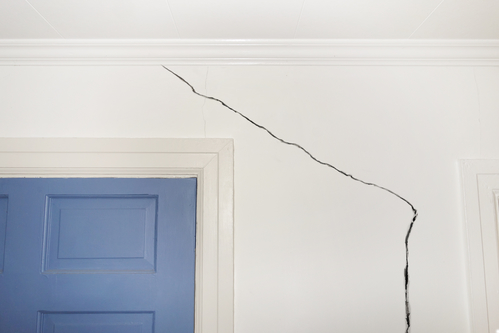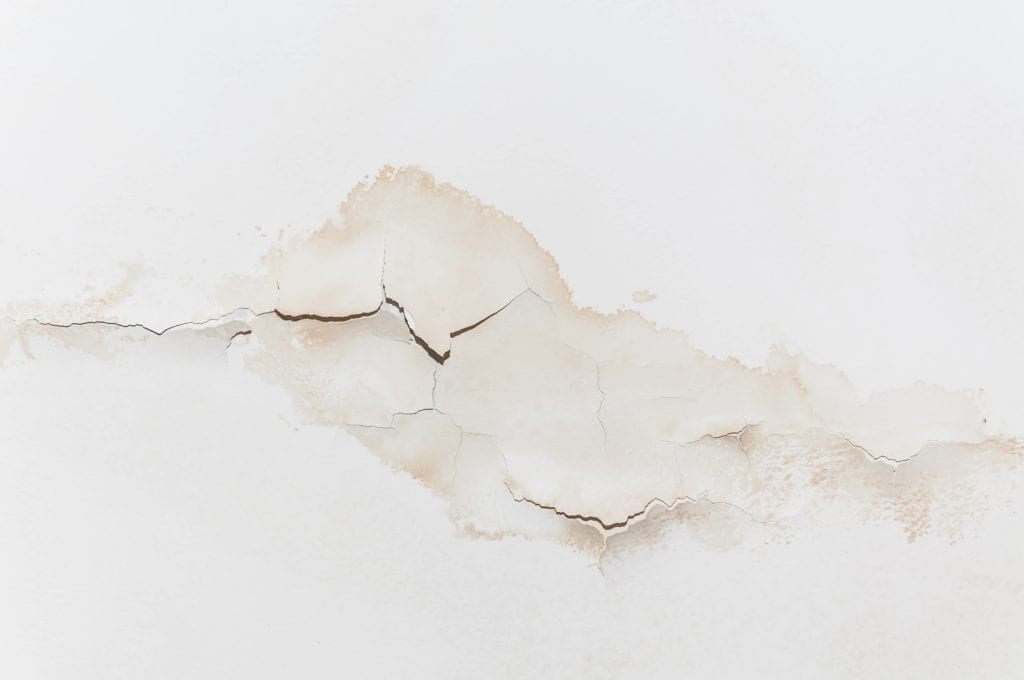Identify and Address Stains from Water With Expertise
Identify and Address Stains from Water With Expertise
Blog Article
What're your ideas concerning Water Stains on Walls?

Water spots on wall surfaces are not enjoyable to the eyes. In some cases it seems virtually unavoidable to experience water stains on walls in residences.
Homeowners living in humid regions frequently deal with the worry of water discolorations on walls. With all-round and also precise information on the reasons of water stains and prompt repair work processes, you will always be a step ahead of such incidents.
3 Typical Sources Of Water Spots on Walls
Contrary to popular belief, water stains on walls do not constantly originate from bad building materials. There are a number of reasons for water spots on wall surfaces. These consist of:
Poor Drainage
This will avoid water from leaking into the walls. This links to excessive dampness that you discover on the wall surfaces of your building.
The leading reason of wet wall surfaces, in this situation, can be a poor water drainage system. It can likewise result from poor management of sewer pipes that run through the structure.
Wet
When warm moist air meets completely dry cool air, it creates water beads to base on the wall surfaces of buildings. When there is steam from food preparation or showers, this takes place in washrooms and also kitchen areas. The water beads can stain the bordering walls in these parts of your house and infect other locations.
Wet or condensation influences the roof as well as wall surfaces of buildings. When the wall is wet, it develops an appropriate environment for the development of fungis and microorganisms.
Pipeline Leaks
Many residences have a network of water pipes within the wall surfaces. This makes sure that the pipelines are well away from the reach of devastating rodents. It constantly increases the stability of such pipes, as there is little oxygen within the walls. This prevents rust.
Yet, a downside to this is that water leakage impacts the wall surfaces of the structure and causes extensive damages. A telltale sign of damaged pipes is the look of a water stain on the wall surface.
Water Discolorations on Wall Surface: Repair Tips
House owners would normally desire a quick fix when managing water discolorations. They would soon realize this is detrimental as the water discolorations recur. Right here are a couple of valuable ideas that will direct you in the repair work of water stains on walls:
Pro Suggestion
A houseplant in your house additionally enhances its humidity. If the residence is already humid, you might want to present houseplants with very little transpiration. An example of appropriate houseplants is succulents.
Final thought
No one wants to have water spots on walls in their house, it can happen to the ideal of us. This post provides you leverage, as you currently understand how to manage this accident if it does take place.
It is always best to hire professional solutions to help deal with the damages in your house.
Sometimes it appears almost inevitable to experience water discolorations on walls in houses.
In contrast to popular belief, water discolorations on walls do not constantly stem from poor building products. There are several causes of water discolorations on walls. The water droplets can discolor the bordering walls in these components of your home as well as spread to various other areas.
Right here are a couple of valuable pointers that will lead you in the repair service of water discolorations on walls:
CHECKING FOR WATER DAMAGE
Water damage can be costly, and it may begin before you even notice the first signs of trouble. Water damage can cause mold and mildew in your walls and floors, which can create an abundance of health concerns for your family. It can also lead to costly repairs of various appliances and general home fixtures. To avoid the pricey consequences of water damage, here are Warner Service’s top 5 places you should check:
The walls – The easiest place to spot the beginnings of water damage is on the walls and ceilings of your home. If water damage is present, there will most likely be water stains, especially around the windows and doorframes, and/or cracks in the drywall. If a stain looks unusual (discolored to brown, black or gray, raised texture), has a swollen appearance or is soft to the touch, contact a professional immediately. The pipes – To avoid water damage, consistently check the pipes in your kitchen (especially the dishwasher and ice maker), bathrooms, laundry room (specifically washing machines) and basement for corrosion, leaks and water stains. Pay special attention to where the pipes connect in your home and the location of caulking around the bathroom fixtures, including toilets, sinks, showers and tubs. Missing or loose caulking and grout could be signs of leaking water. This seepage can also quickly cause mold and rust, so double check your water heater and tank for wet spots on the floor. The floor – Water damage is very easy to spot on the floor. Look for any warping or buckling of the material, especially in the basement. If your home has wood flooring, look for bright white or dark stains. If your home has carpeting, keep it dry and clean. A damp carpet that smells of mold could cause water damage and health problems. To avoid this, consider installing floor pans under your appliances to help prevent damages from small, slow and undetected leaks. The basement and attic – If your basement or attic smells odd check for mold and mildew around the area, especially the valley where the roof meets. While you are inspecting those areas, check for wall cracks, floor stains, rust and dampness in the insulation. If you live in a colder and/or rainier climate, perform routine checks for water damage from melting snow or ice and rain. The exterior – Check the roof for damaged flashing and missing, cracked or curled shingles. There should also be no standing water anywhere outside your home. This could be caused by puddles, leaky rain gutters or hoses, poor drainage, or short gutter spouts. Invest in a sump pump system or water flow monitoring system, and perform routine maintenance on these outdoor appliances to avoid indoor water damage.

We are very focused on and I hope you appreciated my blog posting. Are you aware of someone else who is truly interested in Water Stains on Walls? Be sure promote it. I praise you for your time. Please check up our website back soon.
Call now! Report this page